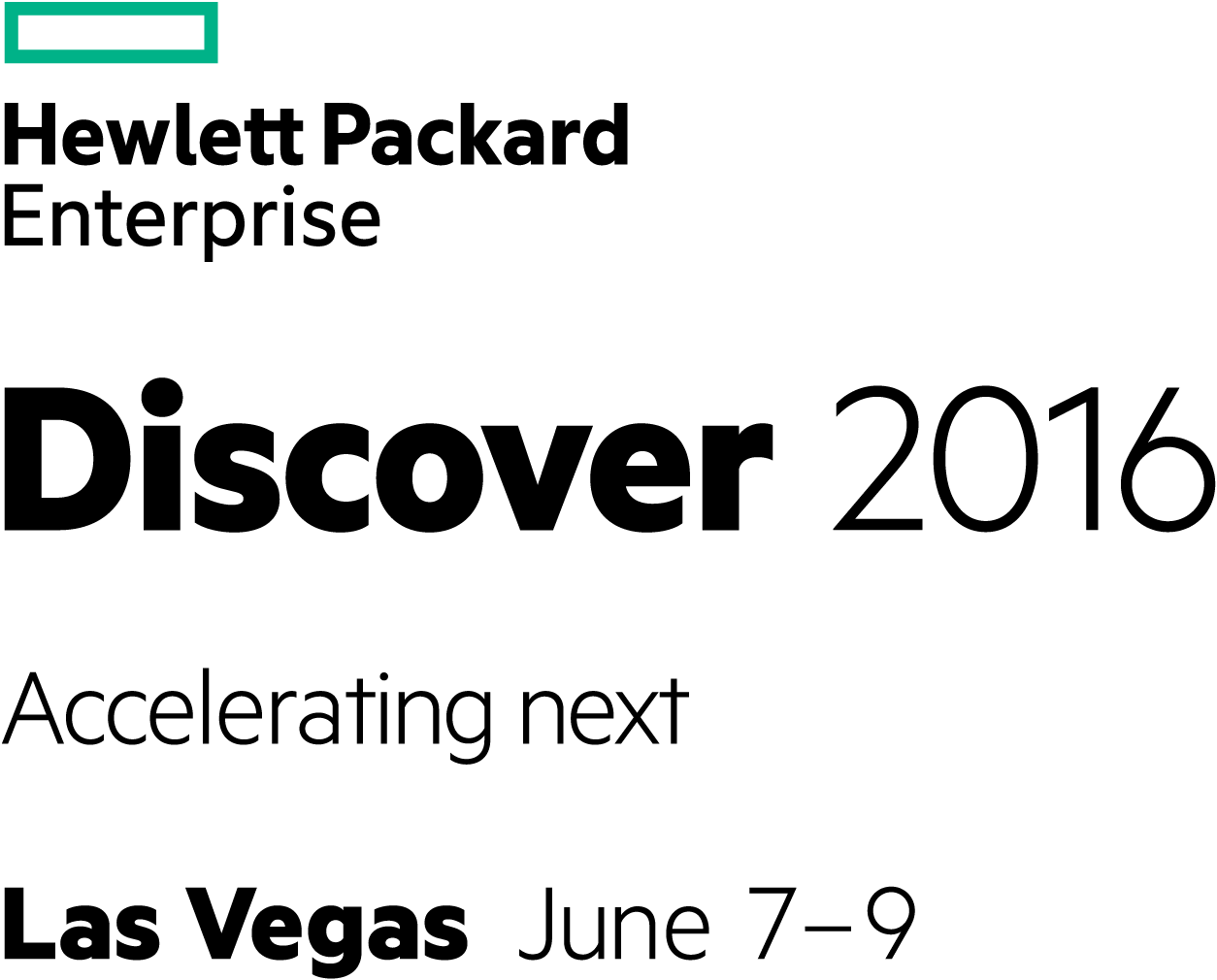
We will be exhibiting at Hewlett Packard Enterprise Discover 2016 next month. If you’re attending the show, please stop by our booth (#236) and say hello.
We will be demonstrating Kuscos, our new BI for IT tool, and you will be able to discuss how the tool can help you better understand legacy software as well as manage ongoing software projects.
Without a full understanding of your legacy systems, it makes the decision on what to do with them that much riskier. As Dale Vecchio of Gartner pointed out, “A lack of knowledge of the current system’s full capabilities is the biggest reason for [modernization] project failure.”
Kuscos will enable you to:
- understand internal and external system dependencies to identify the modules with the highest risk when subject to change,
- reduce the total number of lines of code by identifying and eliminating duplicate and dead code,
- document your applications to facilitate informed discussion and decision-making.
With that understanding of your legacy system, come talk to us about what to do with it and which is the best solution based on where/how the application fits in your business and the issues the legacy system is causing you. There are 8 broad options:
- Do nothing – this is always an option, right? You assess the cost/risk of doing something and decide to, well, do nothing. Maybe the app is barely used and you can end-of-life it. Maybe the perceived risk is so great you would rather leave it for the next incumbent…
- Consolidate – can the legacy system be aborbed by another system/app?
- Re-platforming – take the existing code and move it from one hardware platform to another.
- Refactoring (sometimes referred to as Remediation) – simplifying the code base by removing duplicates and redundant code. This may be done as a standalone activity or as a precursor to other modernization approaches.
- Package – replace the legacy system with an off-the-shelf software package.
- Rewrite – just what it says. Start rewriting from scratch in the new language/target environment. If you’re aware of a project of this type and of any reasonable complexity that was successful then please let me know.
- Wrapping – take the application as it is and apply a connectivity layer. This is the solution provided by companies such as Mulesoft.
- Re-architect – use technology to transform the application to its new language/target environment.
Which of these is right for your legacy system? Stop by booth #236 at HPE Discover 2016 to chat with us. If you’re not attending the event then check out our white paper for further information.


Leave a Reply